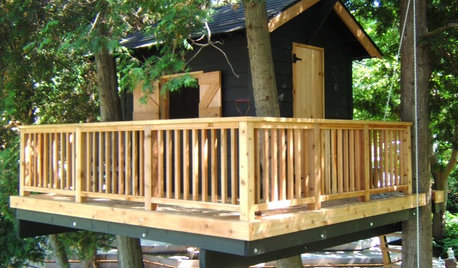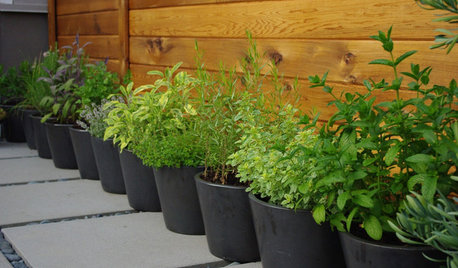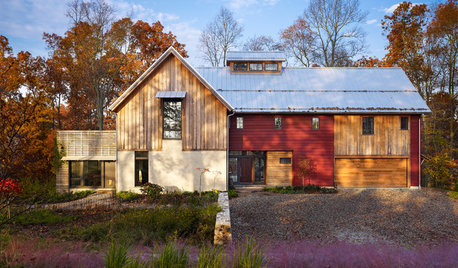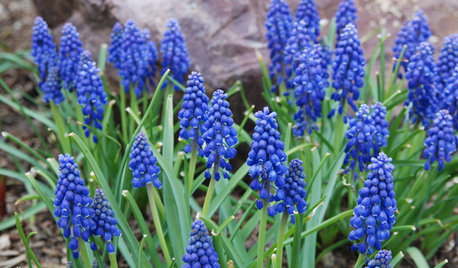rooting vs budding
User
10 years ago
Related Stories

GARDENING GUIDESThe Beauty of Bare-Root Plants
Plant dormant trees and shrubs in fall using the easy, affordable bare-root method and enjoy beautiful results in spring
Full Story
TRADITIONAL ARCHITECTURERoots of Style: Château Architecture Strides Through a Century
Live like a lord with design details that recall French estates of old, even if they're scaled down and updated for today
Full Story
ARCHITECTURERoots of Style: Do You Live in a Minimalist Traditional House?
Cottages, bungalows, farmhouses ... whatever you call them, houses in this style share several characteristics. See how many your house has
Full Story
ARTThe Beauty of Bonsai — Living Art, Rooted in Harmony
Create your own emblem of nature's balance with an art form dating back 1,000 years
Full Story
FUN HOUZZ9 Incredible Treehouses
Rustic, modern or bedecked in buds, these treehouses are rooted in great design
Full Story
GARDENING GUIDES4 Herb Container Gardens for Fabulous Global Cuisine
Tingle your taste buds with the unbeatable taste of fresh herbs in your Italian, Asian, Mexican or French fare
Full Story
ARCHITECTUREVernacular Design: Architecture's Regional Voices
See how local sites and materials create a language rooted to an area. Is your home part of the conversation?
Full Story
REGIONAL GARDEN GUIDESNortheast Gardener's April Checklist
Revel in the wonders of spring by babying bulbs, sprinkling seeds for root crops and setting out some nibbles for the birds
Full Story
HOUZZ TOURSHouzz Tour: Neo-Traditional Style in Georgetown
Textures, patterns, and clean-lined furnishings give traditional townhouse an urban update
Full Story
WINTER GARDENINGPruning Secrets for Exquisite Roses
Encourage gorgeous blooms year after year with this time-tested advice on how to prune your rosebush in winter for health and shape
Full Story









jeannie2009
UserOriginal Author
Related Professionals
West Milford Landscape Architects & Landscape Designers · Cary Landscape Architects & Landscape Designers · Folsom Landscape Architects & Landscape Designers · Waterbury Landscape Contractors · Burien Landscape Contractors · Chelmsford Landscape Contractors · El Segundo Landscape Contractors · Pleasant Grove Landscape Contractors · Saint John Landscape Contractors · South Lake Tahoe Landscape Contractors · Shenandoah Landscape Contractors · Lake Forest Swimming Pool Builders · Madison Siding & Exteriors · Orland Park Siding & Exteriors · South Plainfield Siding & Exteriorstaoseeker
UserOriginal Author
roseseek
rosefolly
UserOriginal Author
jeannie2009
taoseeker